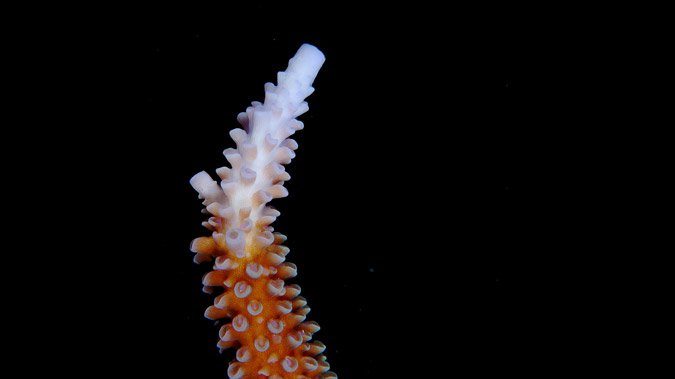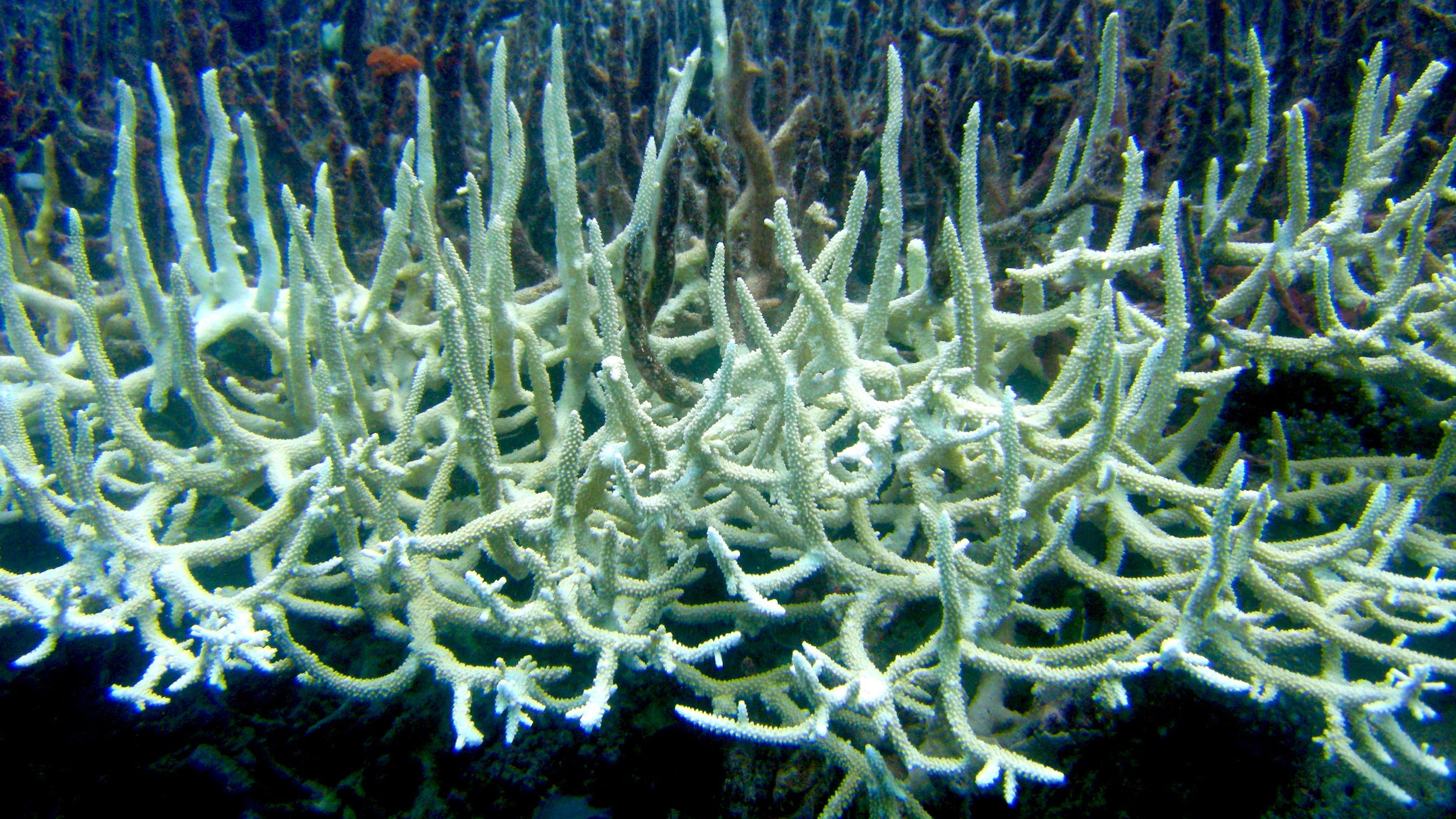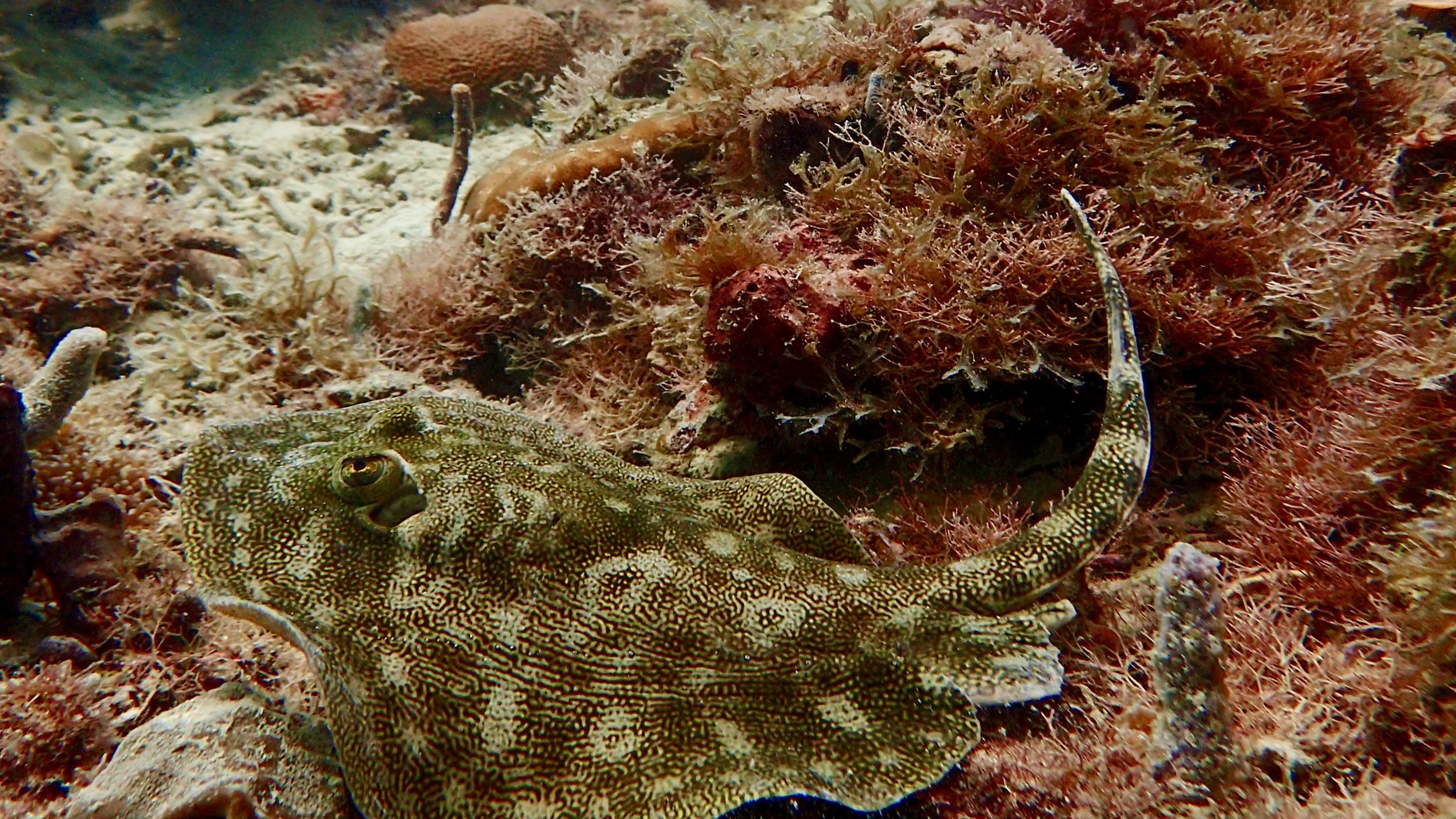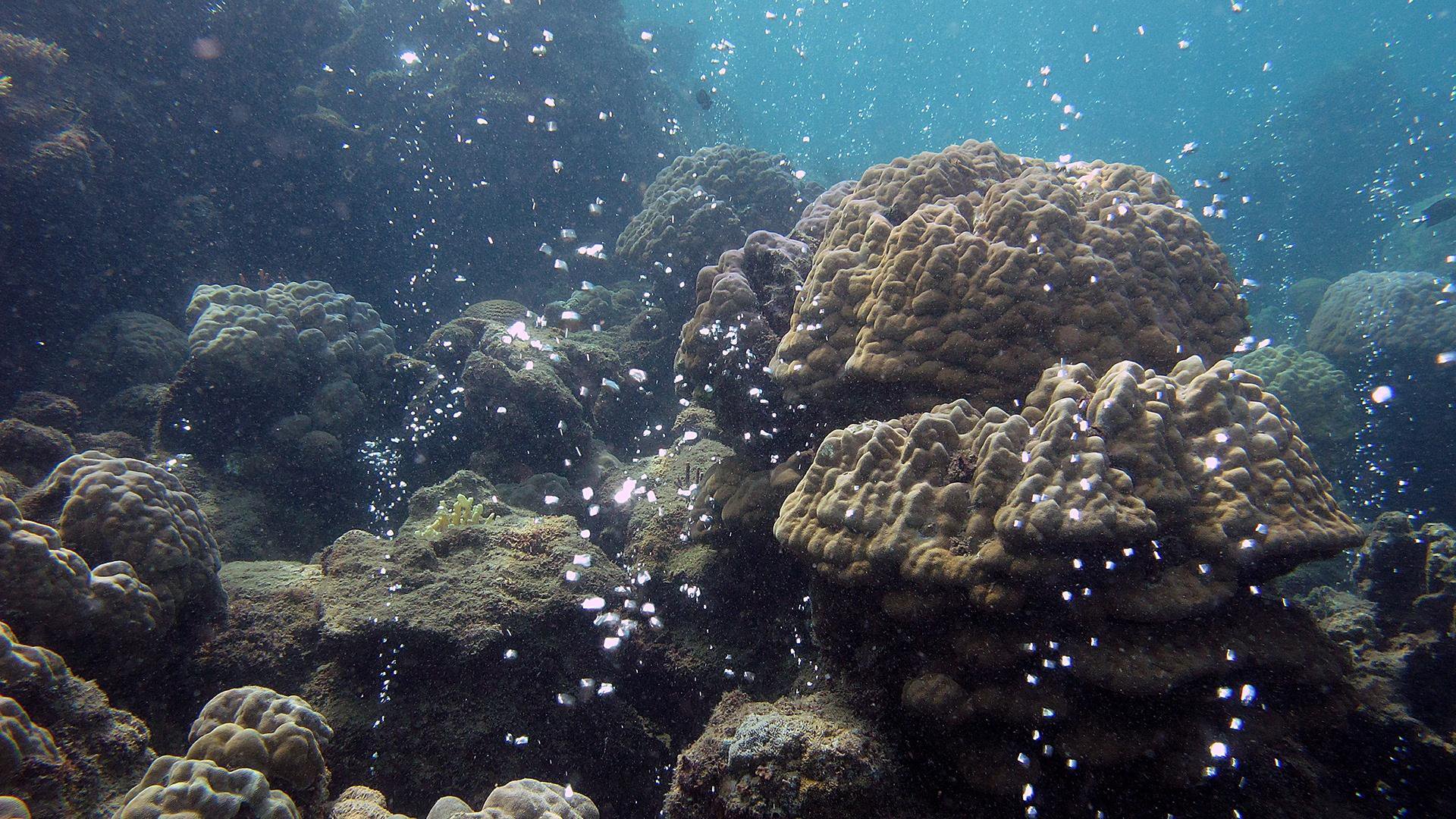It's Not Just Us: Corals Also Thrive Best in Diverse Company
Birds of a feather may flock together, but when it comes to corals, sometimes it helps to mix things up.

Even though corals occupy less than one percent of the ocean floor, they're home to over 25 percent of all marine life—and even appear to depend on each other for survival. Image Credit: Chaos07, Pixabay
From a young age, marine ecologist Cody Clements knew he wanted to dedicate his life to studying coral reefs. But he never imagined his graduate career would require so many soda bottles.
Between December 2014 and April 2016, Clements, then a student researcher working with Mark Hay at the Georgia Institute of Technology, spent hours tracking the wellbeing of three coral species in a lagoon off the coast of Fiji . Clements wanted to know if communities containing three species fared better than those with only one—a task that involved repeatedly weighing nearly 900 individual corals to determine their rate of growth.
That’s where the soda bottles came in. For Clements to maintain the colonies for his 16-month experiment, he needed to detach and reattach the corals without damaging them. So he seeded each coral into the epoxy-filled neck of a sawed-off soda bottle, then anchored the bottle tops, caps down, into slabs of concrete in the lagoon—some of which hosted three species, while others supported only one. This setup allowed the corals to be efficiently unscrewed, weighed, and safely returned to base.
Still, the sheer number of specimens made the task harrowing. During each weigh-in, Clements was buffeted by the region’s dramatic tides and choked by the saltwater clogging his snorkel. He remembers it as the most work-intensive experiment he’s ever conducted. “At the end of the day, I would have headaches because I’d been holding my breath,” he says. “And my hands were raw from screwing corals into the plots—the skin on my fingers was just gone.”
But in the end, the effort paid off. The outcome of Clements and Hay’s work, published today in the journal Nature Ecology & Evolution, shows that corals, too, may prosper in the presence of diverse companions. Though they often seek the same resources, would-be competitor corals can actually enhance each other’s growth and survival. As coral reefs around the world continue to decline at an unprecedented rate, understanding these interspecies interactions may underscore the factors that most help—or hinder—conservation efforts in faltering marine ecosystems.
“[The benefits of diversity are] something the research community has sort of taken for granted, but has never tested,” says Carlos Prada, a marine ecologist who studies corals at the University of Rhode Island but was not involved in the study. “It’s a simple question, but a very good one.”

The researchers' coral setup. Three coral species were grown together or separately to test the effects of diversity on growth and wellbeing. In the end, the corals that had been grown in mixed company fared better. Image Credit: Cody Clements, Georgia Institute of Technology
Single corals aren’t always ready to mingle. When different species crowd too closely onto reefy real estate, they’ll often duke it out for space, explains Liz Drenkard, a climatologist and ecologist at the Scripps Institute of Oceanography who was not involved in the study. Some corals will resort to a simple sting from an outstretched tentacle; others will go as far as to belch digestive juices onto hapless intruders. But Clements’ work shows that not all coral communities are this contentious.
Four months after Clements had seeded the coral cultures, the mixed-species plots weighed over 60 percent more than single-species communities. When placed amongst only their own kind, corals were often taken over by seaweed—a common coral adversary—and died off at a higher frequency. Corals neighbored by other species, however, seemed to not just tolerate their presence, but flourish en masse, Hay says, turning potential turf wars into temporary truces.
More work is necessary to figure out how diversity makes such a difference. It’s possible that a smorgasbord of coral species is less likely to get cleaned out by predators like fish. It may also be that more diverse assortments of corals are better equipped to ward off disease. Both of these factors may be especially critical when coral communities are trying to take root in a new locale, when the stakes are especially high. “In some cases, there may be something facilitative about thinking, ‘The enemy of my enemy is my friend,’” Clements explains.
Alternatively, these bursts in growth may not be reflective of coral chumminess at all, Drenkard points out. Sensing the presence of foreigners could be sparking rivalry in the community, cuing corals to claim their share of space before someone else gets the upper hand.
But this study is just the first pass at uncovering the benefits of diversity on coral health, Hay says. In the future, Hay and his team hope to find the answers to these questions, as well as bring a wider variety of coral species into the picture.
Whatever the reason, though, it seems that sidling up to strangers can bolster coral survival—especially when these critters are working to repopulate a degraded reef like the one in this study. And that could have big implications for coral restoration, says Hanny Rivera, a coral researcher at Boston University who was not involved in the study. Several groups have focused their efforts on reintroducing only specific species that have been wiped out by disease or are particularly susceptible to bleaching, she explains. But in light of these new findings, partnering vulnerable species with other corals might just foster reef rehabilitation.
It’s unclear, however, how the dynamics might play out in the long term. After about a year and a half of growth, the diverse plots still came out ahead as a whole—but individual species had begun to show some differences. A few months into the experiment, one species, Acropora millepora, had flourished when grown in the presence of diversity. But a year later, these corals no longer seemed to mind going it alone: Whether Acropora was stationed solo or intermingled, it weighed about the same.

Acropora millepora corals grow fast, but are also particularly sensitive to environmental changes like storms or disease. As such, though they can overrun over species, they're often quickly beaten back from the frontlines. Image Credit: Petra Lundgren, Wikimedia Commons
Clements stopped measuring the corals after 16 months. Past this point, the Acropora corals may have even gone on to overrun their comrades. But while Acropora is known for its rapid growth rate, it’s also a bit more fragile than other species, and tends to get decimated when storms or diseases ravage reefs, Hay says. As such, it may be beneficial for these corals to adopt something of a live fast, die young strategy.
Still, this doesn’t negate the fact that Acropora seemed to thrive in mixed company during the early days of settlement. “It’s possible that Acropora doesn’t really need other species once it’s dominant,” Hay says. “But it may need them to get that way in the first place.”
And if diversity is important for setting up shop, it’s also possible losing diversity could speed up the deterioration of damaged reefs. There’s a reason richer communities are often better buffered against adversity: If one species that fills a particular role gets taken out of the equation, another may be there to take its place. But as diversity declines, any single loss could be irreversibly devastating. Clements compares the process to stripping parts from an engine. “If you have a complex engine, you can maybe remove some parts and it still works,” he says. “But if it’s simple, then removing a part makes it more likely the whole thing will break down.”
Faced with increasing temperatures, ocean acidification, and the catastrophic effects of overfishing, corals are more vulnerable than ever. As reefs die off around the world, it may serve us well to keep in mind that survival isn’t just about quantity, Drenkard says. “It’s not enough to just have a reef,” she adds. “It really matters who’s there.”




